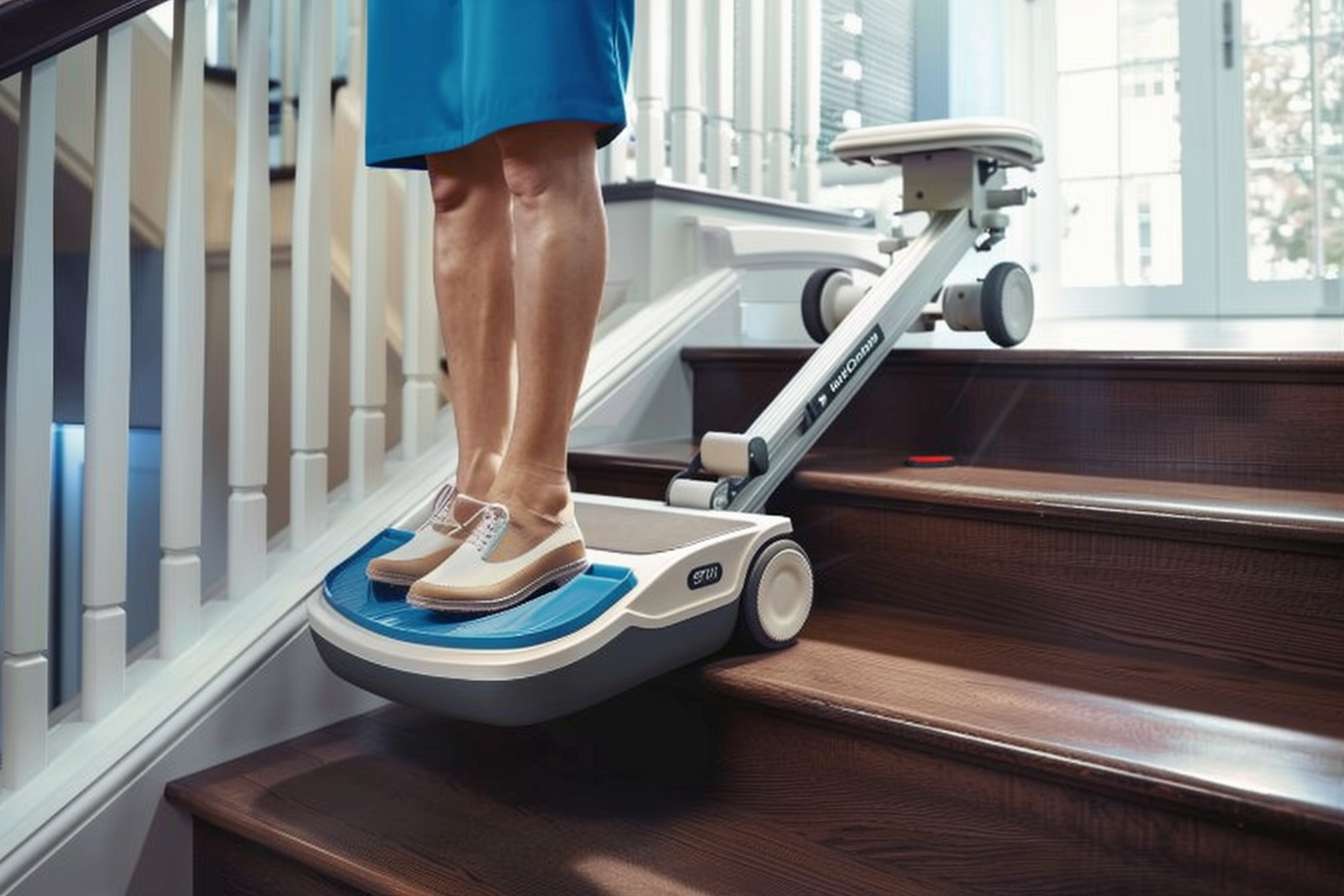Essential Guide to Scissor Lifts: Choosing the Right Equipment for Your Industry Needs in 2025
Scissor lifts are indispensable tools across various industries, enabling safe and efficient access to high-altitude work areas. For example, electric scissor lifts designed for indoor use minimize emissions and noise, making them ideal for environmentally sensitive locations. Choosing the right scissor lift requires considering lifting capacity, height, and whether a manual or electric model better suits your needs. With advanced safety features, scissor lifts not only improve productivity but also prioritize worker safety, making them a wise choice for construction and maintenance operations.

Selecting appropriate lifting equipment requires careful consideration of multiple factors including work environment, height requirements, load capacity, and frequency of use. The market offers diverse options ranging from compact indoor models to heavy-duty outdoor units, each designed to address specific operational challenges. Understanding these distinctions ensures optimal equipment selection that enhances productivity while maintaining workplace safety standards.
What Makes a Scissor Lift the Right Choice for Your Project
Scissor lifts provide vertical elevation through a crisscross mechanism that extends and contracts, offering a stable platform for workers and materials. Unlike boom lifts that provide horizontal reach, these machines excel in applications requiring straight vertical access with a larger work surface. Industries including construction, facilities maintenance, retail, and manufacturing rely on these platforms for tasks such as ceiling installation, lighting maintenance, inventory management, and building renovations. The equipment’s design delivers enhanced stability compared to ladders or scaffolding, while accommodating multiple workers and tools simultaneously. Platform sizes typically range from compact 3-foot models suitable for tight spaces to expansive 8-foot platforms that support team-based projects.
Finding Quality Scissor Lifts for Sale in Today’s Market
The equipment market presents numerous purchasing options for businesses seeking to add scissor lifts to their fleet. Authorized dealers and manufacturers offer new models with full warranties, latest safety features, and financing options tailored to business needs. Online marketplaces and equipment auctions provide access to competitive pricing across various brands including JLG, Genie, Skyjack, and Haulotte. When evaluating units for purchase, critical factors include maximum platform height (ranging from 15 to 50+ feet), weight capacity (typically 500 to 2,500 pounds), power source compatibility, and included safety features such as emergency lowering systems and tilt sensors. Businesses should assess total cost of ownership, including maintenance requirements, parts availability, and expected operational lifespan, which typically spans 10 to 15 years with proper care.
Evaluating Used Scissor Lift Options for Budget-Conscious Buyers
Purchasing pre-owned equipment offers significant cost savings while providing reliable performance when units are properly inspected and maintained. The used market includes off-lease returns, rental fleet replacements, and equipment from completed projects. Thorough inspection protocols should verify hydraulic system integrity, structural condition, electrical components, safety mechanisms, and maintenance history documentation. Reputable sellers provide inspection reports, service records, and limited warranties on refurbished units. Age considerations matter, as models manufactured within the past five to seven years typically incorporate modern safety standards and component availability. Buyers should request demonstration operations to assess smooth elevation, platform stability, and control responsiveness before finalizing purchases.
Locating Scissor Lift Rental Services in Your Area
Rental options provide flexible access to equipment without capital investment, ideal for short-term projects, seasonal work, or evaluating different models before purchase. National rental chains and local equipment providers maintain diverse fleets accommodating various project specifications. Rental agreements typically operate on daily, weekly, or monthly terms, with rates reflecting equipment size, rental duration, and delivery requirements. Most providers offer delivery and pickup services, operator training, and maintenance support throughout the rental period. When searching for rental services locally, consider proximity to your work site to minimize transportation costs, provider reputation for equipment condition and customer service, and availability of the specific model meeting your height and capacity requirements.
Understanding Cost Factors and Equipment Comparisons
Equipment costs vary significantly based on specifications, condition, and acquisition method. New electric scissor lifts with 19-foot platform heights typically range from $12,000 to $18,000, while 32-foot models may cost $20,000 to $35,000. Diesel or rough-terrain units command premium pricing, often $30,000 to $60,000 for new equipment. Used models generally price 40 to 60 percent below comparable new units, depending on age, hours of operation, and condition. Rental rates for standard electric models average $150 to $250 daily, $500 to $900 weekly, or $1,200 to $2,500 monthly, with larger or specialized units commanding higher rates.
| Equipment Type | Typical Provider | Cost Estimation |
|---|---|---|
| New Electric 19ft | Genie, JLG, Skyjack | $12,000 - $18,000 |
| New Electric 32ft | Genie, JLG, Haulotte | $20,000 - $35,000 |
| Used Electric 19ft | Equipment Dealers | $5,000 - $10,000 |
| Used Diesel 32ft | Equipment Dealers | $12,000 - $25,000 |
| Daily Rental 19ft | United Rentals, Sunbelt | $150 - $250 |
| Monthly Rental 32ft | United Rentals, Herc | $1,200 - $2,500 |
Prices, rates, or cost estimates mentioned in this article are based on the latest available information but may change over time. Independent research is advised before making financial decisions.
Advantages of Electric Scissor Lift Models for Indoor Applications
Electric-powered units dominate indoor applications due to zero emissions, quiet operation, and compact dimensions. Battery-powered systems eliminate exhaust fumes, making them suitable for occupied buildings, warehouses, and retail environments. These models feature non-marking tires that protect finished floors, and their reduced noise levels minimize disruption in active workspaces. Runtime typically spans 6 to 8 hours on full charges, with charging cycles requiring 8 to 10 hours using standard electrical outlets. Electric models generally offer lower operating costs compared to fuel-powered alternatives, with reduced maintenance needs due to simpler mechanical systems. Weight considerations favor electric units in facilities with floor load restrictions, as they typically weigh less than comparable diesel or propane models.
Businesses and contractors across the United States continue to rely on scissor lifts as essential tools for elevated work access. Whether purchasing new equipment, exploring used options, or arranging short-term rentals, thorough evaluation of project requirements, budget parameters, and equipment specifications ensures optimal selection. The diverse market offerings accommodate operations ranging from small maintenance tasks to large-scale construction projects, with power options and configurations suited to both indoor and outdoor environments. Careful consideration of total costs, safety features, and operational capabilities positions organizations to maximize productivity while maintaining workplace safety standards.


